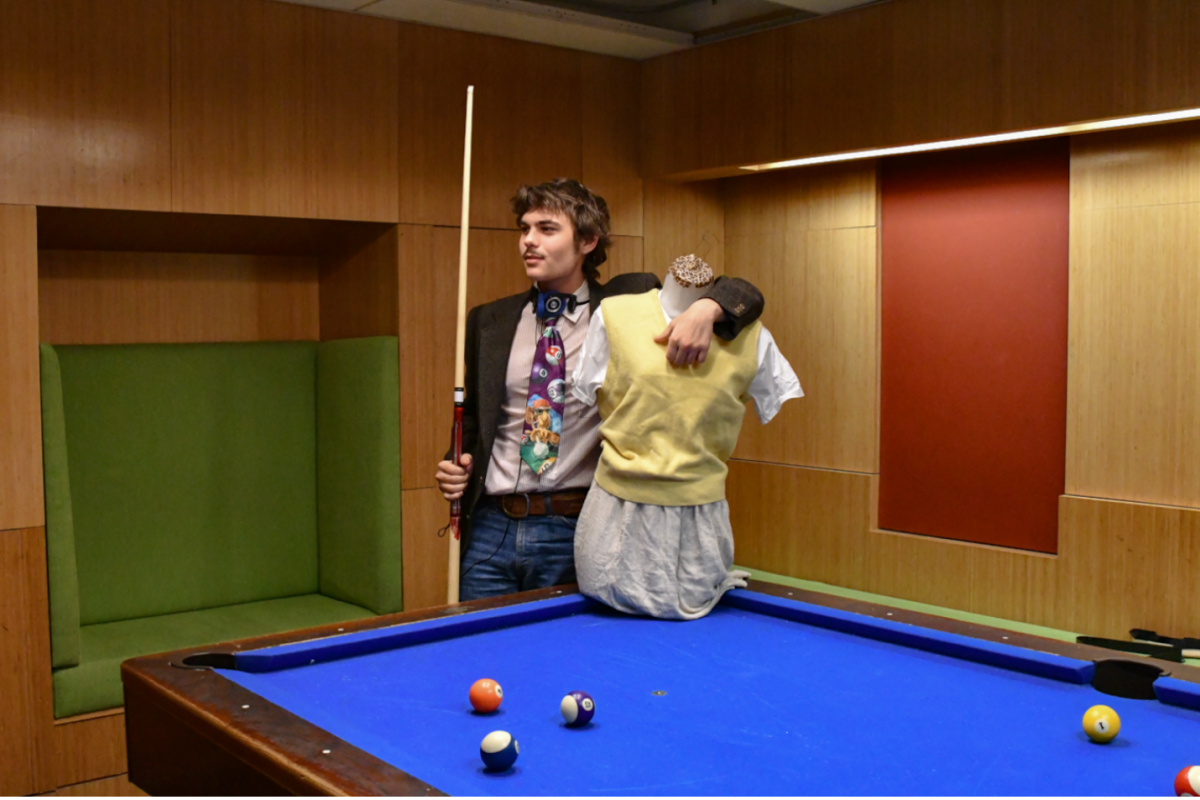There’s a new superhero in San Francisco, and his creator has some research to do if he wants his story to start making more sense.

Nicholas Da Silva is the creative mastermind behind the comic “Dread and Alive.” The first installation of the series was published and released in February of 2010. According to the comic’s website, Da Silva is the founder of a media agency called ZOOLOOK, which allows him to “[develop] intellectual properties that promote a multicultural experience.” While “Dread and Alive” certainly melds together several cultures, it does so in a fairly inaccurate way.
To start, the back story of the comic is a little fuzzy. It is told on the website (www.dreadandlive.com) from the perspective of protagonist Drew McIntosh, who is from Kingston, Jamaica and speaks with a heavy accent in the comic (his character features the typical clichés of a Jamaican superhero). However, in his online narration, he speaks like an entirely different person. For whatever reason, Drew is unable to correctly form many complete sentences in the comic, but conveys his story with perfect clarity online. It’s a major disconnect; there is a difference between giving a character a heavy accent and using that accent as the reason for his inability to speak correctly.
Drew’s story as it relates to the story arc of the “Dread and Alive” series begins when he is a child, moving from Kingston to Accompong, where his father is doing anthropological work. In the comic as well as in reality, Accompong is the home of the Jamaican Maroons, descendants of runaway slaves who settled in the area in the 1600s. Drew’s father is a descendant of these people and moves his family to the village so he can work to preserve the culture.
In the comic, the Jamaican Maroons are led by Cudjoe. There are two inaccuracies which stem from this character. The first is that Cudjoe actually was the leader of the Maroons – in the 1700s, rather than modern times. He is depicted in clearly factually-inaccurate way, wearing almost nothing aside from the skin and head of a lion. Note to the author: Lions do not exist outside of zoos in Jamaica.
Drew’s backstory indicates that while living in Accompong with his parents, he became very close with Cudjoe, who later gives him the responsibility of protecting an important relic. It is this very relic that gives him his superhero powers. Drew turns into a human-lion creature, with fangs, claws and a mane of dreadlocks. The end of his narrative on the website says, “My name is Drew McIntosh and I am the Roaring Lion, protector of the animal world, to which all humans belong.”
While Cudjoe’s lion headdress does not make much sense, Drew’s lion’s mane-like appearance does simply because the Maroons are African in origin (and the amulet he draws his powers from is a reflection of their former culture).
Drew’s foes are those who commit injustices to animals – particularly one evildoer known as Gryphon. Gryphon illegally sneaks five major endangered animals – elephants, lions, et cetera – from Africa into the United States for rich sportsmen to hunt on a confined property. In this way, Drew is not unlike an adult, male, Rastafarian version of Eliza Thornberry. He works with his mother and his romantic interest, Brandy Savage, to protect animals and he uses his powers undercover for the same purpose.
The character of Drew is perhaps most interesting because of the melding of cultures and beliefs by which he was raised. His father was from Accompong, a culture which combines those of the various places the original runaway slaves came from with that of Jamaica and his mother is American. While there are some historical errors and anachronisms, his character is nicely crafted. Consequently, his power seems to make perfect sense in the world of the comic.
Because a lot of exposition was covered in the fourth issue of “Dread and Alive,” things likely will start to get more exciting as the series goes on. Number four saw no action at all, but instead spent nine of its pages in a coffee shop discussion, introducing Gryphon and painting the picture for Drew’s struggle to defeat him.
Despite the little problems in the back story of “Dread and Alive,” the comic has the potential to pick up a lot of speed in coming issues. The scene has been set, and as long as there are injustices being committed against animals, Drew McIntosh will always have evil to squash. There are more aspects of his character to be explored and different avenues to take in telling about them – perhaps Drew’s relationship with Brandy Savage will be more of a focus, or the story behind Gryphon and his animal smuggling will grow more complex.
“Dread and Alive” also has an accompanying soundtrack available. It contains primarily reggae and dancehall music, and along with the comic series, is available online at dreadandalive.com.
Ellie Rulon-Miller can be reached at [email protected].













Tony Allen • Feb 22, 2011 at 1:59 pm
Hi Elli,Have you ever thought that after the internet version came out the writer may have found a jamaican who could help with the translation in the physical comic book?Just a thought.Have a good day then Ellie,Bliss